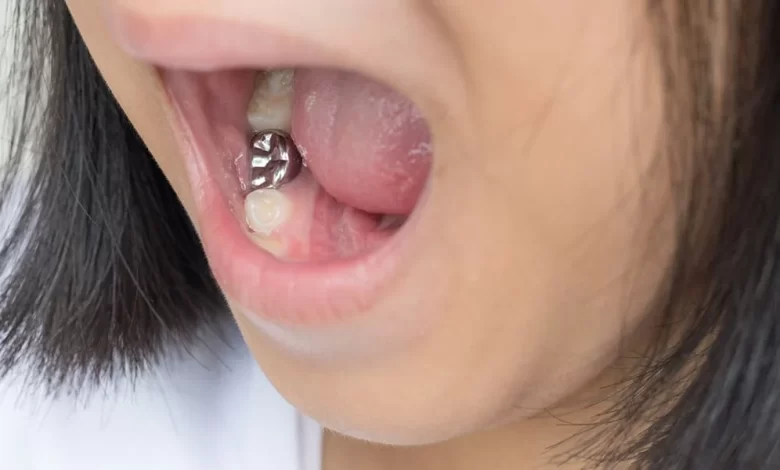Understanding Temporary Dental Crowns: What You Need to Know

Temporary dental crowns are an essential part of the dental restoration process, serving as a placeholder until a permanent crown is created and cemented into place. In this article, we will delve into the world of temporary dental crowns Honolulu HI, exploring their purpose, benefits, types, and what to expect during the procedure.
What are dental crowns?
A temporary dental crown, also known as a provisional crown, is a short-term, removable restoration that covers a prepared tooth until a permanent crown is fabricated and cemented into place. Typically made from acrylic, plastic, or stainless steel, temporary crowns are designed to protect the tooth from decay and sensitivity, maintain its shape and appearance, and enable normal chewing and speaking functions.
They are usually cemented or bonded into place with a temporary adhesive, allowing for easy removal when the permanent crown is ready.
Types of temporary dental crowns:
- Plastic or resin crowns
- Stainless steel crowns (for children’s primary teeth)
- Acrylic or polymethyl methacrylate (PMMA) crowns
- 3D-printed temporary crowns
What is the purpose of temporary dental crowns?
The purposes of temporary dental crowns are:
- Protection: Shield the prepared tooth from decay, sensitivity, and further damage.
- Aesthetics: Maintain a natural-looking smile and appearance.
- Functionality: Enable normal chewing, speaking, and biting functions.
- Healing: Allow the gum tissue to heal and recover from tooth preparation.
- Assessment: Enable the dentist to assess the bite, make adjustments, and ensure proper occlusion.
- Placeholder: Hold the space for the permanent crown, preventing surrounding teeth from shifting.
- Comfort: Provide relief from sensitivity and discomfort during the interim period.
- Trial: Allow the patient to try out the shape, size, and appearance of the crown before the permanent one is made.
How are temporary dental crowns fabricated?

The procedure for temporary dental crowns typically involves the following steps:
- Tooth preparation: The dentist prepares the tooth by removing the decay, shaping the tooth, and making room for the crown.
- Impression taking: An impression of the prepared tooth and surrounding teeth is taken to create a temporary crown.
- Temporary crown fabrication: The dentist creates a temporary crown using the impression, usually out of acrylic or stainless steel.
- Cementation or bonding: The temporary crown is cemented or bonded onto the prepared tooth using a temporary adhesive.
- Adjustments: The dentist makes any necessary adjustments to ensure proper fit, bite, and comfort.
- Instructions: The patient is given instructions on how to care for the temporary crown, including diet and oral hygiene.
- Follow-up: A follow-up appointment is scheduled to check on the temporary crown and prepare for the permanent crown placement.
What are the benefits of temporary dental crowns?
The benefits of temporary dental crowns include:
- Immediate protection: Protects the prepared tooth from decay, sensitivity, and further damage.
- Aesthetic appeal: Maintains a natural-looking smile and appearance.
- Functional: Enables normal chewing, speaking, and biting functions.
- Comfort: Provides relief from sensitivity and discomfort during the interim period.
- Healing: Allows the gum tissue to heal and recover from tooth preparation.
- Assessment: Enables the dentist to assess the bite, make adjustments, and ensure proper occlusion.
- Placeholder: Holds the space for the permanent crown, preventing surrounding teeth from shifting.
- Trial: Allows the patient to try out the shape, size, and appearance of the crown before the permanent one is made.
- Reduced sensitivity: Reduces tooth sensitivity during the interim period.
- Easy removal: This can be easily removed when the permanent crown is ready.
- Cost-effective: Less expensive than permanent crowns.
- Time-saving: This can be fabricated and placed in a single visit.
Temporary dental crowns play a vital role in the dental restoration process, providing protection, aesthetics, and functionality until a permanent crown is placed. By understanding the purpose, benefits, and types of temporary crowns, patients can better navigate the process and ensure a successful outcome. Remember, proper care and maintenance of temporary crowns are crucial for a smooth transition to permanent crowns.





